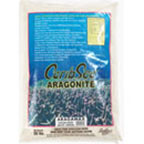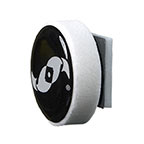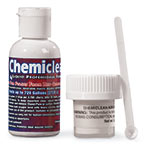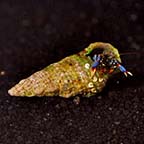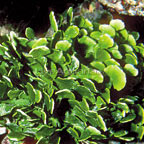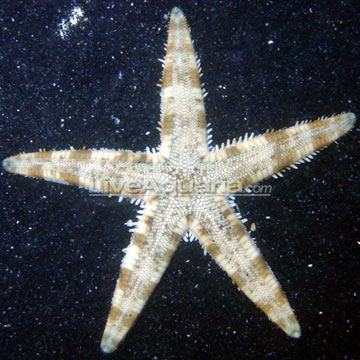
 SAVE up to 44%!
SAVE up to 44%!Additional locales and sizes may be available!
Additional locales and sizes may be available! Email me when availableQuick Stats
What do these Quick Stats mean? Click here for more information
What do these Quick Stats mean? Click here for more information
Overview
This peaceful omnivore will effectively clean even the largest home aquarium of detritus and left over food. Like other starfish, the Sand Sifting Sea Star will also consume small invertebrates, including shrimp, urchins, mollusks, bivalves, or other small sea stars. As such, the Sand Sifting Sea Star should be actively fed a varied diet consisting of natural food sources, especially in well-established marine aquariums. Otherwise, this voracious feeder will quickly clean your aquarium of detritus and then burrow into your substrate, starve, and eventually begin to decay.
To foster its feeding habits, the Sand Sifting Sea Star should be kept in aquariums with large, deep sand bottoms of several inches in depth. Since it is slower moving than most fish, the Sand Sifting Sea Star should not be housed with natural predators, including Puffers.
Like other invertebrates, the Sand Sifting Sea Star is very intolerant of sudden changes in oxygen levels, salinity, and pH and cannot tolerate copper-based medications. To successfully acclimate new specimens to your aquarium, use the drip acclimation method and never expose the Sand Sifting Sea Star to air while handling.
Breeding in the home aquarium is extremely difficult with no distinguishing characteristics to help differentiate between males and females.
Approximate Purchase Size: Small: 1" to 2-1/2" Medium: 2-1/2" to 4"; Large: 4" to 6"
Supplies You May Be Interested In
Customer Testimonials
This little creature can really move! It keeps my sand turned and will readily eat any leftovers. It has not harassed any of my fish or inverts. It's fascinating to watch it dig itself into the sand for day.



